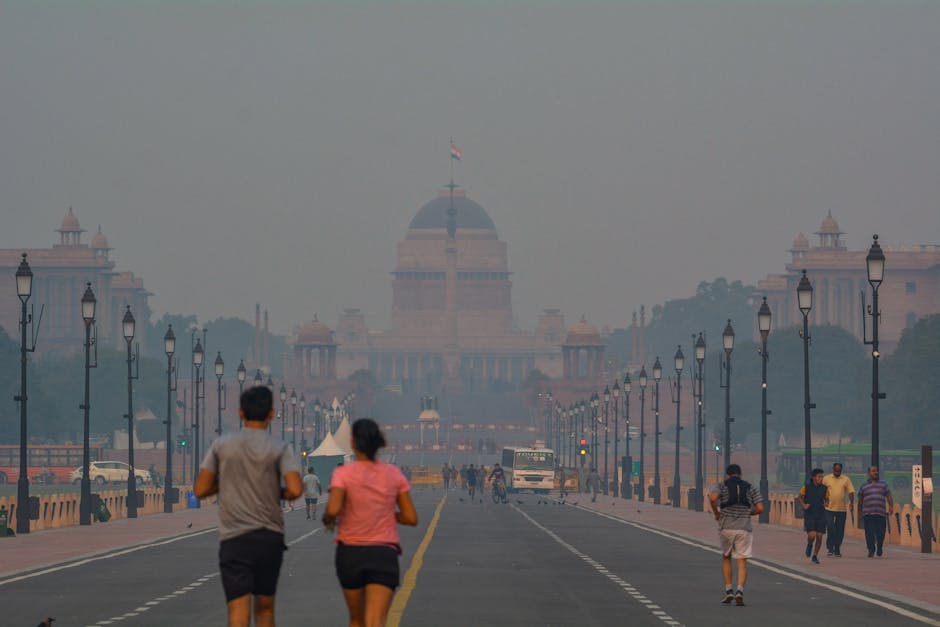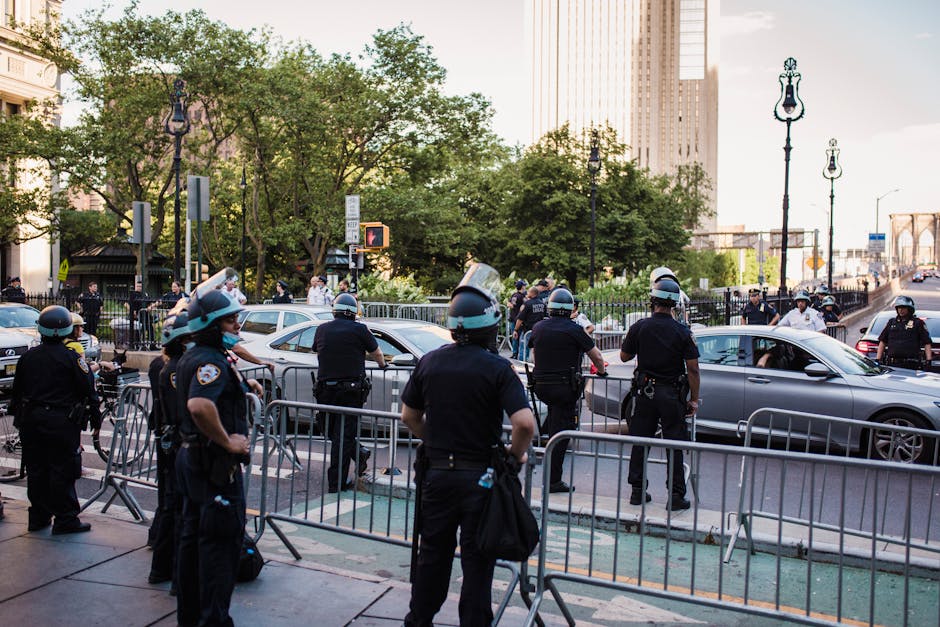Dhyan Chand National Stadium Delhi AQI Reaches 229 – What It Means
The Major Dhyan Chand National Stadium in Delhi, India, has recorded an alarming Air Quality Index (AQI) of 229, classified as “Poor” by the Central Pollution Control Board (CPCB). This raises concerns for athletes, visitors, and nearby residents as Delhi battles its chronic pollution crisis.
AQI 229: Health Risks and Pollutants
An AQI of 229 poses health risks, especially for sensitive groups (children, elderly, asthma patients). Key pollutants include:
– PM2.5 & PM10: Fine particles that damage lungs and worsen heart conditions.
– NOx & CO: Emitted by vehicles and industry, causing respiratory irritation.
Why Is the Stadium’s Air Quality So Bad?
Located in central Delhi, the stadium faces pollution from:
1. Heavy Traffic: Nearby areas like India Gate and Connaught Place contribute to vehicle emissions.
2. Construction Dust: Ongoing projects elevate PM10 levels.
3. Stubble Burning: Smoke from Punjab/Haryana farms drifts into Delhi.
4. Local Sources: Diesel generators and small industries add to pollution.
Impact on Athletes and Sports
Poor air quality harms performance:
– Reduced lung function
– Longer recovery times
– Higher risk of respiratory illnesses
Expert Tip: Dr. Priya Sharma (Sports Medicine) advises, “Avoid intense outdoor exercise when AQI > 200. Use indoor facilities or air purifiers.”
Government Actions and Gaps
Delhi’s Graded Response Action Plan (GRAP) includes:
– Traffic restrictions
– Construction bans
– Industrial emission checks
However, activists demand stricter long-term measures like EV incentives and renewable energy adoption.
How to Stay Safe
- Check Real-Time AQI: Use SAFAR or CPCB’s website.
- Wear N95 Masks outdoors.
- Limit Outdoor Workouts during peak pollution (6–11 AM, 6–10 PM).
- Support Clean Air Policies: Advocate for better public transport and green initiatives.
Delhi’s Year-Round Pollution Challenge
While winter worsens due to stubble burning, summer brings dust and ozone pollution. Sustainable solutions are critical to protect public health.
Conclusion
The AQI 229 at Dhyan Chand Stadium highlights Delhi’s urgent pollution crisis. Short-term precautions help, but systemic change is needed for cleaner air.
Follow for live AQI updates and pollution control measures.




